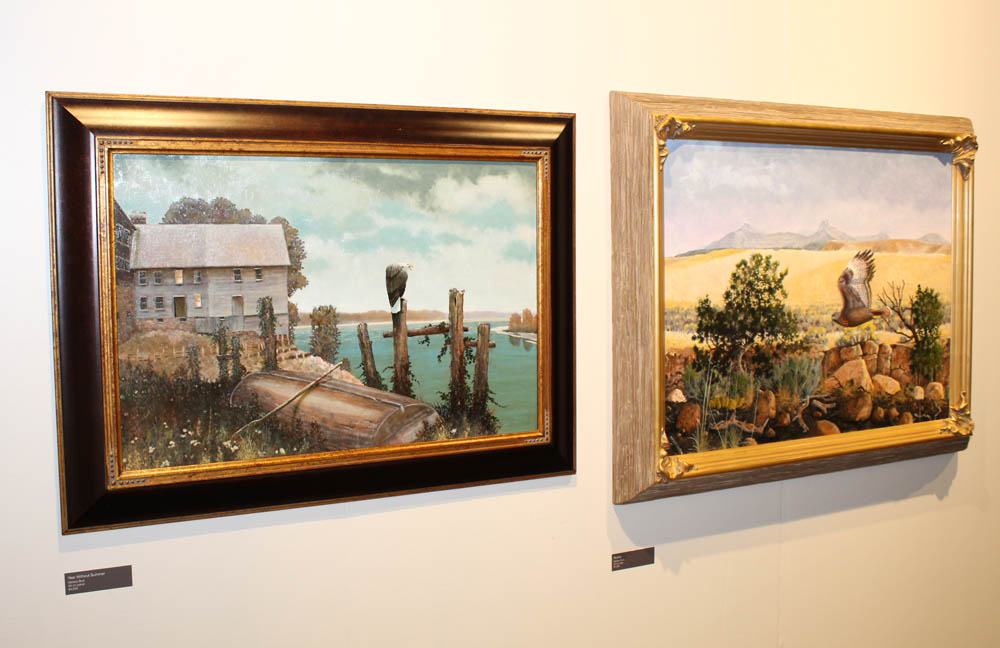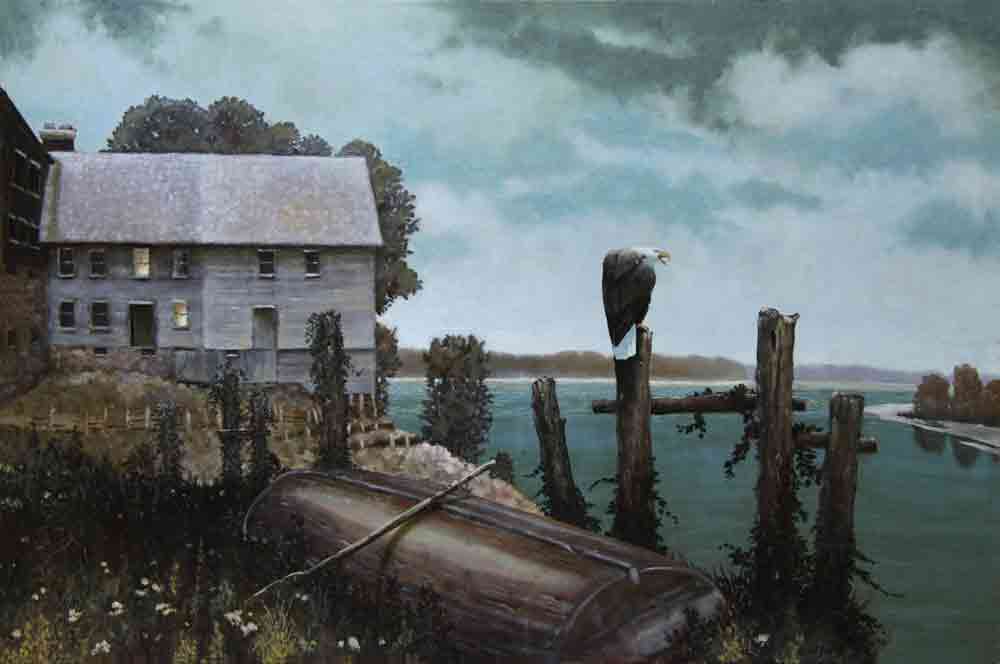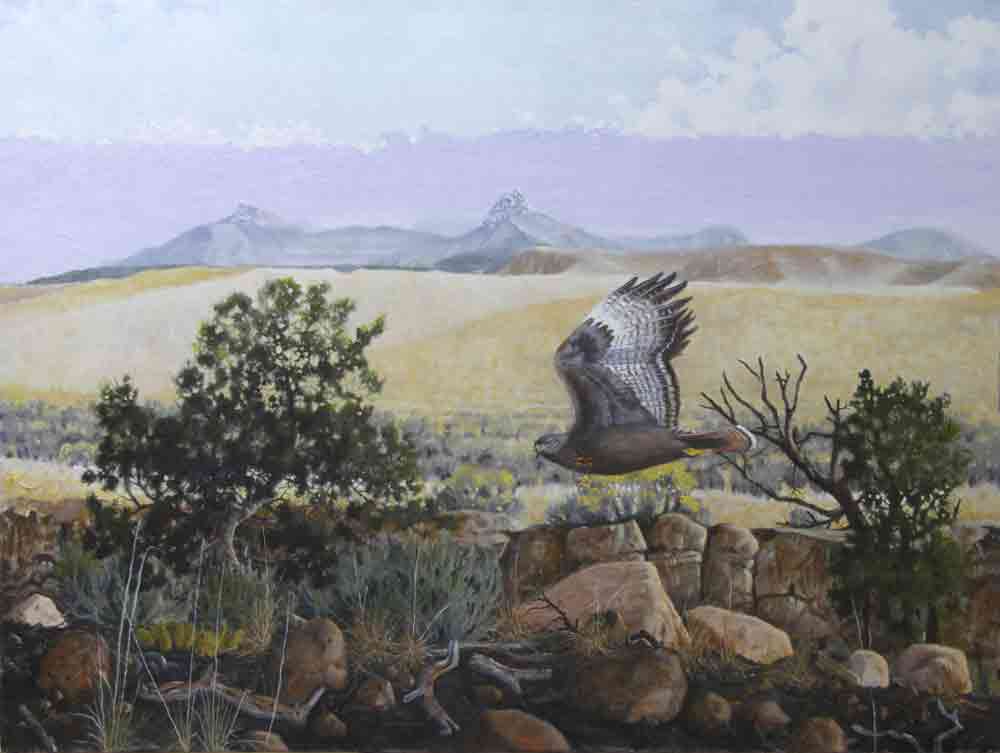In the Audubon Tradition Exhibition

About Devere Burt

I have always been interested in nature, both as a scientist and an artist. While working on advanced degrees in Wildlife Biology and Animal Ecology, I began making extra money doing illustrations for faculty and student research papers. This eventually led to a major opportunity to illustrate five monographs on the ectoparasites of mammals in Nepal, Afghanistan, Jordan, Israel, and
Half my life has been devoted to conducting scientific research or overseeing research in the western US, Antarctica, the Philippines, and Nepal. For 25 years I was President and CEO of the Cincinnati Museum of
The highpoint of my artistic career is the honor of curating “In the Audubon Tradition” exhibition, celebrating the museum’s bicentennial, and the 200th anniversary of Audubon’s employment. Recognizing the life of my best friend, John Ruthven, and including 90 of North America’s finest
Year Without Summer
$4000
Oil
24 x 40
This painting depicts Audubon’s grist and lumber mill in Henderson KY. Its 1816, and the year before, Indonesia’s Tamboro volcano, experienced the largest eruption in recorded history. It ejected an enormous ash cloud into the upper atmosphere which blocked sunlight. It took a year to drift into the northern hemisphere, where it caused, “the year without summer”. The result was three killing frosts during the growing season, which wiped out American agriculture, and agri-business. Combined with Federal debt due on the Louisiana purchase, the continental congress drew down the gold and silver reserves in Federal Banks to pay the debt. In turn, the banks called in all of thier debt to remain solvent. Audubon was bankrupted, but the bankruptcy (which was no fault of his own) set in motion, events and relationships that would eventually bring him to The Western Museum Society in Cincinnati. Here, the “Birds of America” began.
How to Purchase
Redtail
$7000
Oil
30 x 40″
This painting depicts a dark phase Red Tailed Hawk, first observed by Audubon during his Missouri River expedition in 1843. The color phase occurs in Red Tails west of the Mississippi, and represents 10-20% of local populations. Audubon enjoyed watching the hawk’s aerial skills, and gave them the nick name, “Black Warrior”. My Black Warrior is flying across a beautiful landscape, south of Wyoming’s Rams horn peak in the Wind River watershed, where I have observed them many times.


